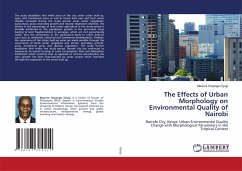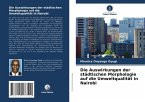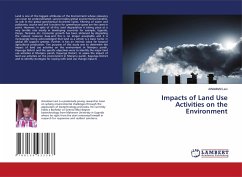The study establishes that while areas of the city under urban built-up, open and transitional areas as well as forest land uses and land covers steadily increased during the study period, areas under rangelands, agricultural, grass, secondary growth and riparian vegetation declined. The decline in the percentage of land under agriculture in the study period is partially attributed to the population growth in the peri-urban areas leading to land fragmentations to acreages, which are not agriculturally viable, thus the conversions of the agricultural lands to urban built-up users such as residential, industrial and commercial developments. Similarly, the expansions of the urban built-up areas are made possible through the conversions of lands under rangeland and shrubs, secondary growth, grass, transitional areas and riparian vegetation. The study further establishes that within the study period, Nairobi city has continued to experience an overall increase in Land Consumption Rateand Absorption Coefficient which confirms that as opposed to internal densification, the city's growth has been characterized by urban sprawl which manifests through the expansion of the urban built up.
Bitte wählen Sie Ihr Anliegen aus.
Rechnungen
Retourenschein anfordern
Bestellstatus
Storno








